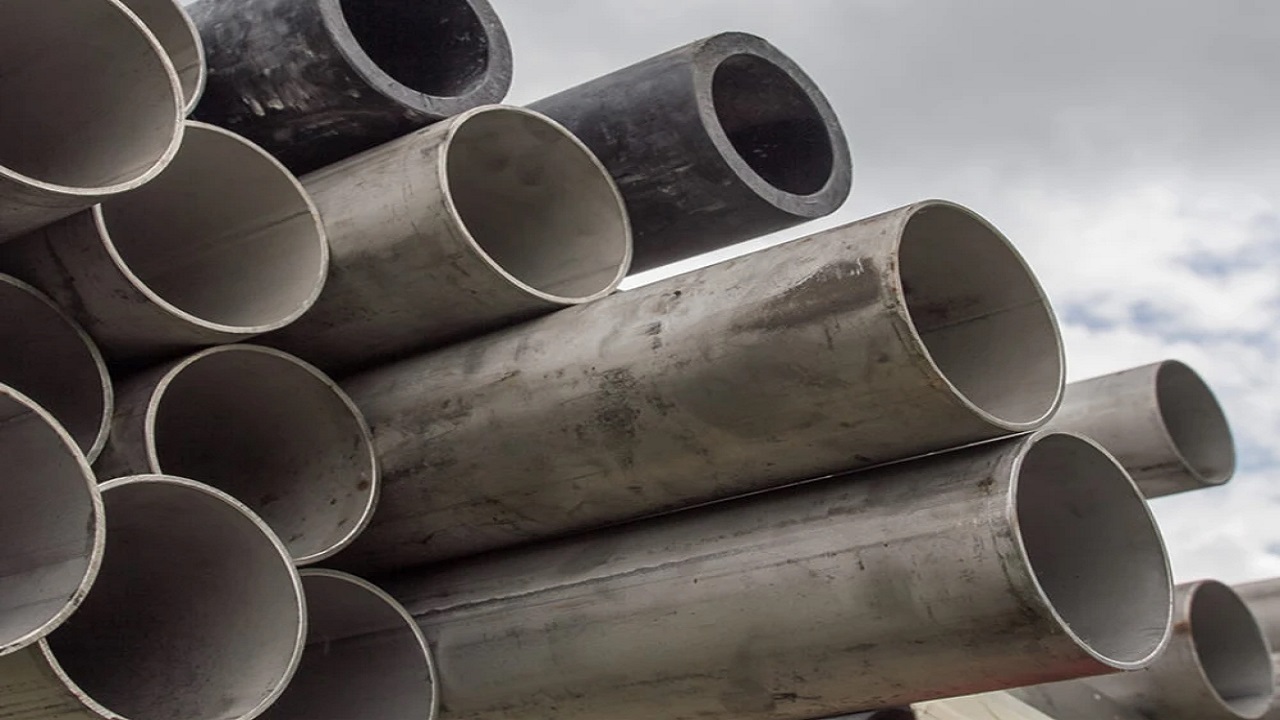The operation of construction projects depends on pipes, plumbing systems, and industrial facilities. Schedule 40 pipes have become a common choice in the industry because they combine superior strength with multiple usage opportunities and accessible materials. Users who understand pipe dimensions and applications can make better choices regarding pipe selection for their projects. The standardized Schedule 40 Pipe Dimensions maintains compatibility in different applications. The extensive use of these pipes occurs in water supply systems as well as gas distribution networks and structural applications.
What Is a Schedule 40 Pipe?
The pipe wall thickness determination under the Schedule 40 classification establishes its standard measurement system. A schedule serves as a standardized measurement system for pipes to ensure uniformity across different manufacturing companies. Schedule 40 pipes achieve both durability and weight efficiency through their standard middle wall thickness, which allows them to perform in multiple applications. The available materials for these products include carbon steel together with stainless steel and PVC. Material selection happens based on both application needs and environmental conditions.
Understanding Schedule 40 Pipe Dimensions
Schedule 40 pipes serve both residential plumbing systems with smaller dimensions and large-scale industrial systems. Schedule 40 pipes contain three fundamental dimensions, which consist of the outside diameter (OD), wall thickness, and the inside diameter (ID). The standard pipe size establishes the calculation system for Schedule 40 pipe measurements. A 1-inch Schedule 40 steel pipe possesses 1.315 inches outside diameter together with 0.133 inches wall thickness. The pipe wall thickness expands in direct proportion to nominal size increases for maintaining stability under different pressure conditions. Standardized dimensions help pipes work with fittings, flanges, and valves, which simplifies installation procedures. The standard measurements of Schedule 40 pipes apply to all materials to enable smooth connections.
Common Applications of Schedule 40 Pipes
Schedule 40 pipes serve multiple industries because they provide durability alongside adaptability features. Their strength combined with standardized dimensions enables them to serve plumbing needs and gas distribution systems as well as structural frameworks and additional applications.
Plumbing and Water Supply
The main purpose of Schedule 40 pipes exists in plumbing systems as well as water distribution network structures. Steel and PVC Schedule 40 pipes constitute the main materials used for residential and commercial water supply distribution. Reasonable pressure levels enable these pipes to work reliably, thus enabling water distribution on residential premises as well as commercial buildings and industrial structures.
Gas and Air Distribution
The transportation of gases and compressed air through industrial facilities depends on Schedule 40 steel pipes. Their high pressure tolerance makes Schedule 40 pipes suitable for transporting natural gas and oxygen together with various manufacturing gases in industrial facilities. The correct installation methods combined with proper sealing procedures result in secure gas distribution systems.
Structural and Mechanical Support
Schedule 40 pipes serve a primary role that reaches past fluid transportation since they help construct structures for different industrial needs. Schedule 40 pipes function optimally because of their standard dimensions and powerful tensile characteristics to support construction site supports and building scaffolds and handrail components. These pipes retain stability during welding processes and installation procedures because cutting and assembling them creates no difficulties.
Fire Protection Systems
Schedule 40 steel pipes serve as a fire sprinkler system choice because they uphold strong pressure levels throughout. The dependable safety mechanism for buildings involves Schedule 40 pipes to maintain stable water supply conditions during fire emergencies in residential, commercial, and industrial facilities.
HVAC and Drainage Systems
Heating, ventilation, and air conditioning (HVAC) systems rely on Schedule 40 pipes to function efficiently with fluid and gas transfers. PVC drainage systems effectively manage residential and commercial wastewater because they provide smooth water flow capabilities.
Advantages of Using Schedule 40 Pipes
Schedule 40 pipes provide various benefits, which explain their popularity across industrial sectors. The pipes achieve their best strength-to-weight ratio through moderate wall dimensions that make them easier to handle during installation. When buying Schedule 40 pipes, users have various material choices since the product assortment contains different options. The structural integrity of steel pipes supports the cost-effective characteristics and corrosion resistance of PVC pipes when used for plumbing installations. The standardized dimensional specifications on pipes enable effortless connection to any type of fittings, valves, and connectors. The standardized dimensions make installations faster and decrease the probability of leaks or system breakdowns.
Conclusion
Schedule 40 pipes provide trustworthy solutions to meet all needs of plumbing systems together with gas distribution networks, as well as frameworks and fire protection systems. Standard dimensions, together with durability characteristics and versatile applications, make Schedule 40 pipes the top choice for industrial and residential construction as well as commercial building projects. Users who grasp both applications and dimensions of Schedule 40 pipe can choose it easily. These pipes deliver enduring performance and versatile applications across multiple uses, including water supply distribution, construction, and HVAC system requirements.


